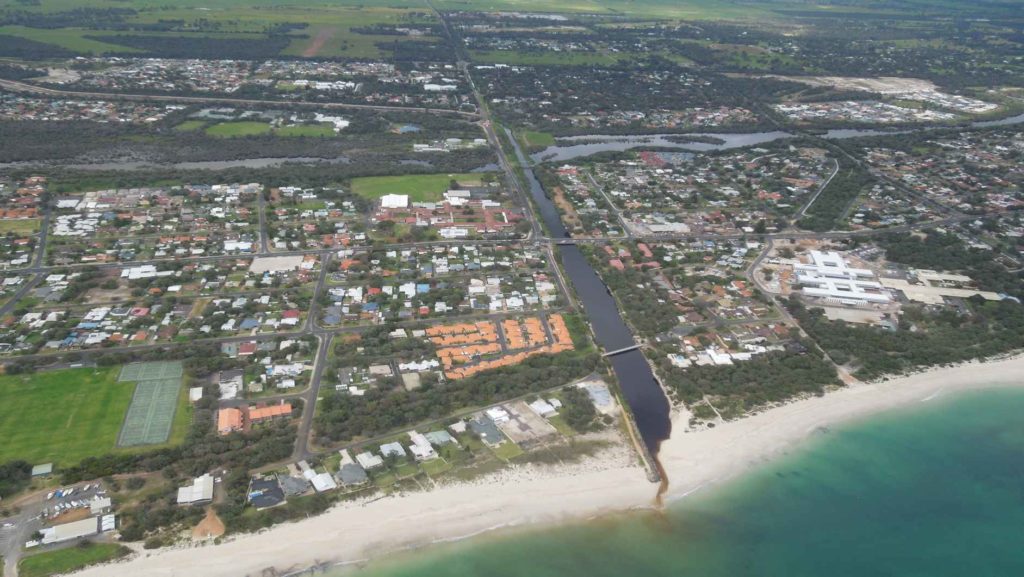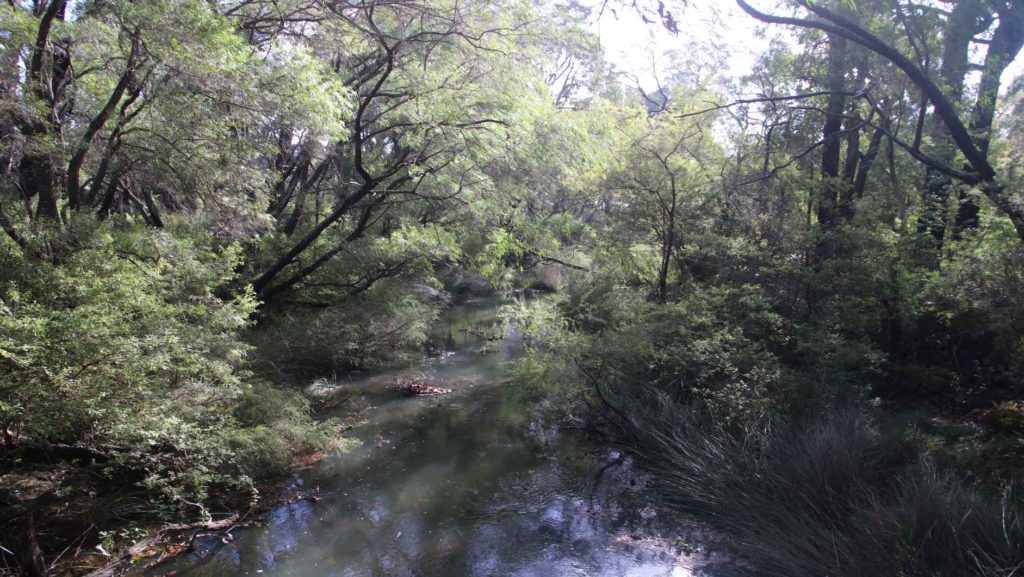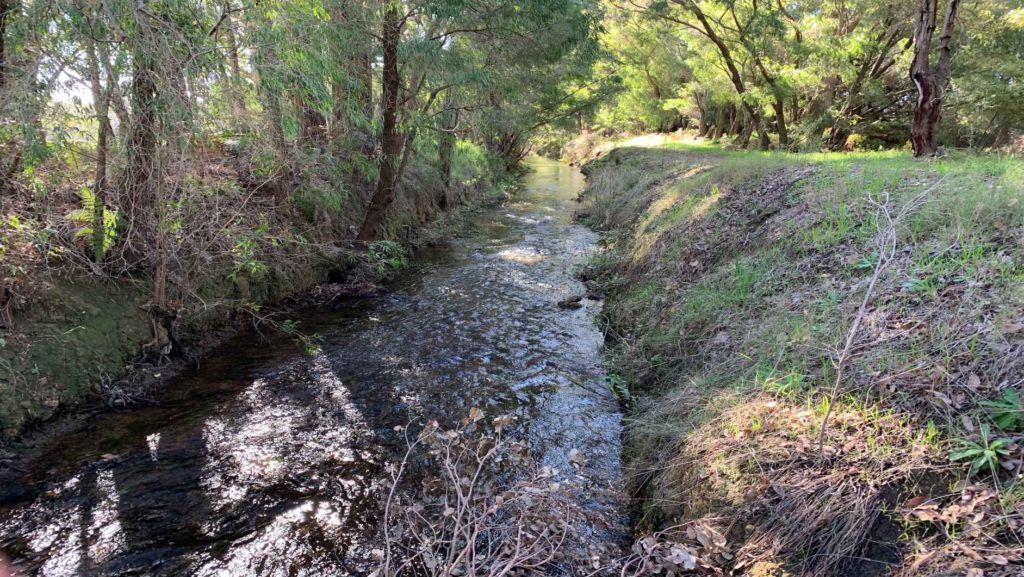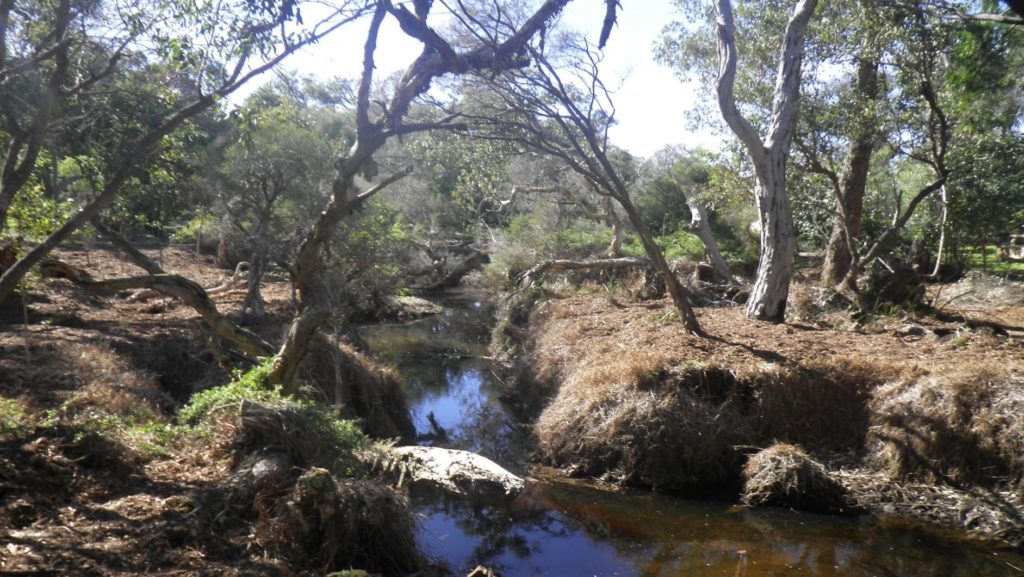As part of Healthy Estuaries WA, farmers across the South West are improving the health of waterways and receiving estuaries by fencing to move stock out of streams and drains, and by revegetating riparian zones (the areas along the banks of a waterway).
Their collective efforts through the program from 2020 to 2024 will see 240 kilometres of waterways and drains fenced to exclude stock and 72 hectares revegetated with native species.
“When stock such as cattle or sheep can freely access waterways and riparian zones, their waste is directly deposited or washes into the waterway, contributing excessive organic matter and nutrients which impact local and downstream water quality. The stock also erode the banks and trample vegetation,” said Nadia Beale, Stream Restoration Project Coordinator at the Department of Water and Environmental Regulation.
“Riparian vegetation is critical for ecological health as it stabilises banks and prevents erosion, provides shade and habitat for wildlife and improves biodiversity.”
Stream Restoration Project Coordinator Nadia Beale
Funding for fencing and riparian revegetation is available for graziers who have waterways (such as creeks, streams or rivers) or drains on their properties in the catchments targeted by Healthy Estuaries WA and Revitalising Geographe Waterways.
The program offers options such as funding for off-site watering points and stock crossings to ensure stock have access to off-stream drinking water and can move between paddocks.
Landowners contribute 50 per cent of the cost of the project, either as cash or in-kind through their labour in the installation of fencing or planting.
“Many farmers value the opportunity to contribute to improving the health of local waterways, and to increase biodiversity and wildlife habitat on their land,” Nadia said.
“There are multiple co-benefits for farmers to fence and revegetate their waterways, such as reduced erosion, greater retention of nutrients on their land, improved stock health and safety, increased shade for stock, and improved amenity and value of the land.”
Through the program, catchment groups will also deliver workshops about best practices in riparian restoration.
Landowners in eligible catchments can express their interest in receiving funding for fencing or revegetation, or in attending riparian restoration workshops, by contacting their local catchment group.
This project is part of Royalties for Region’s Healthy Estuaries WA and Revitalising Geographe Waterways programs. These State Government initiatives aim to support the long-term health of our South West estuaries.





















